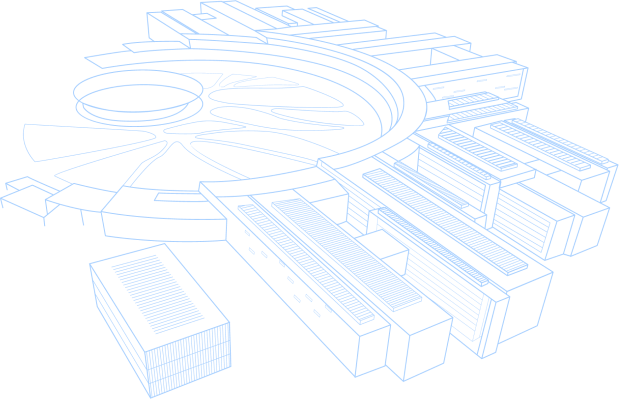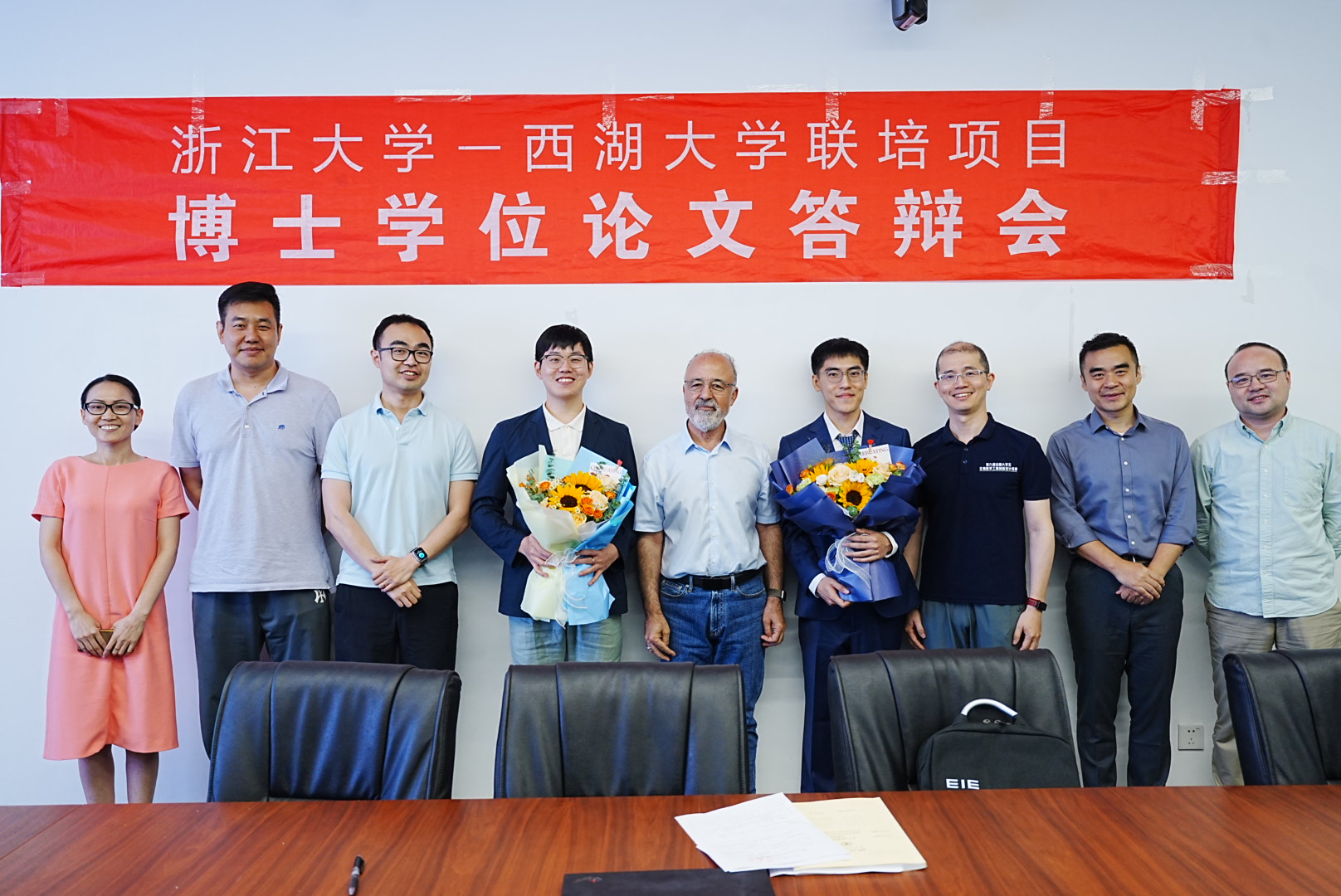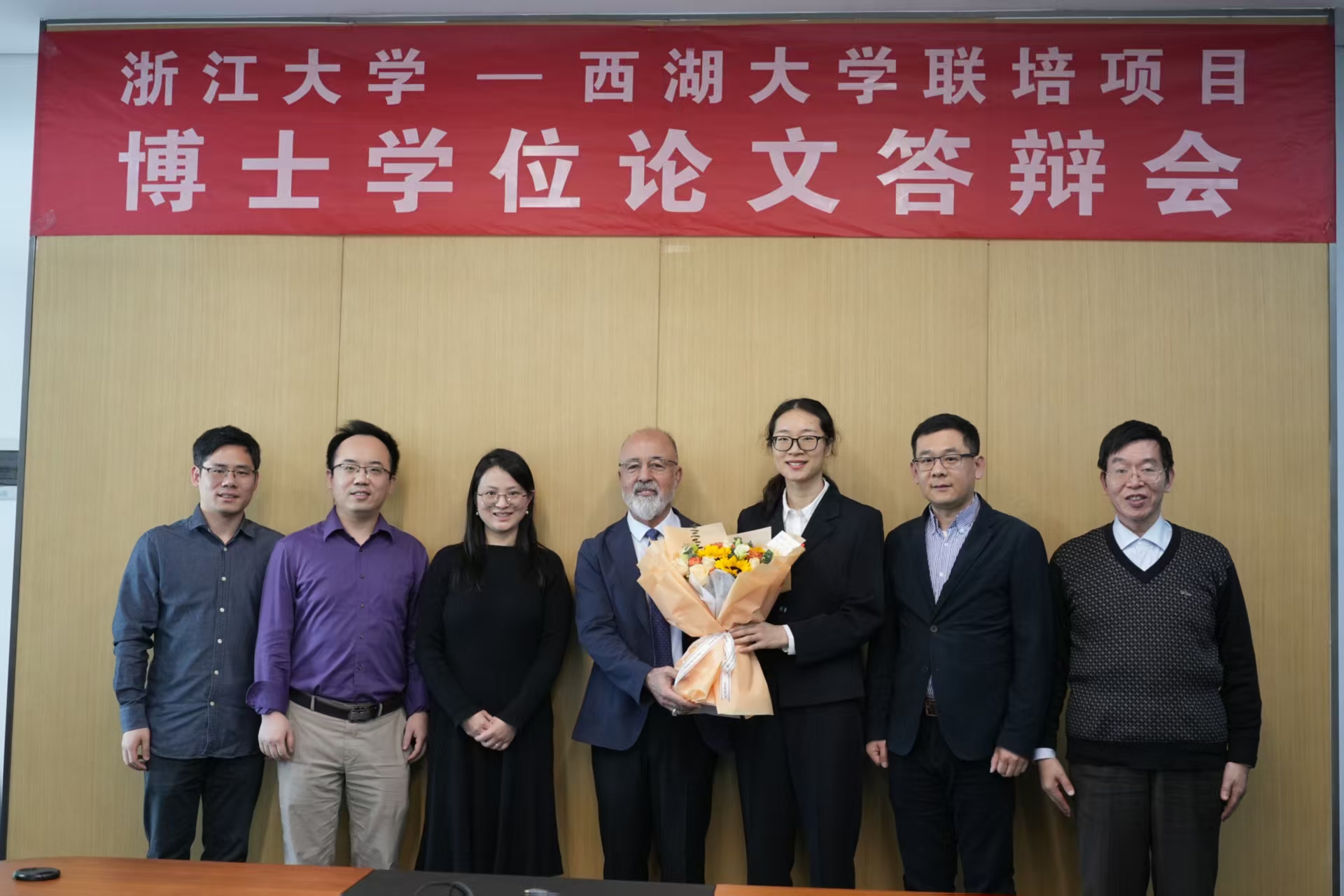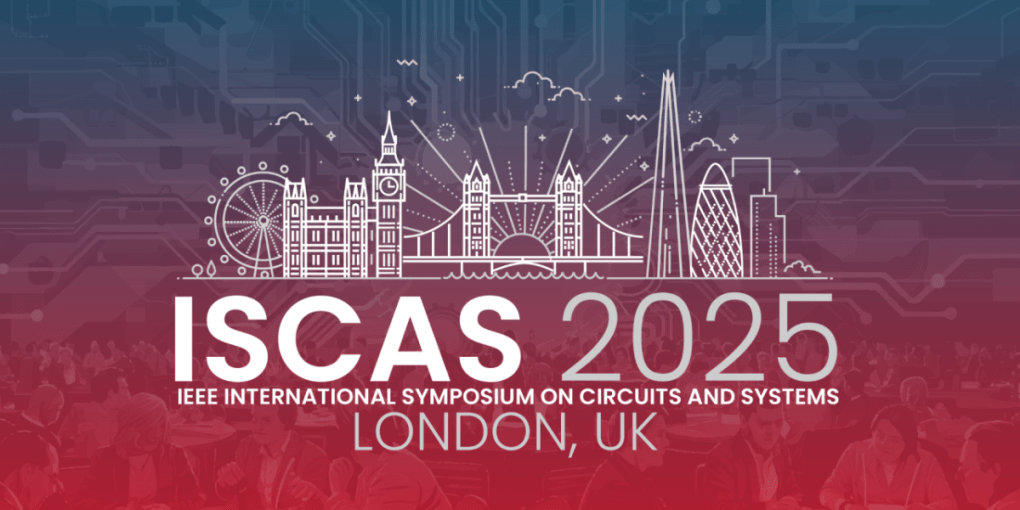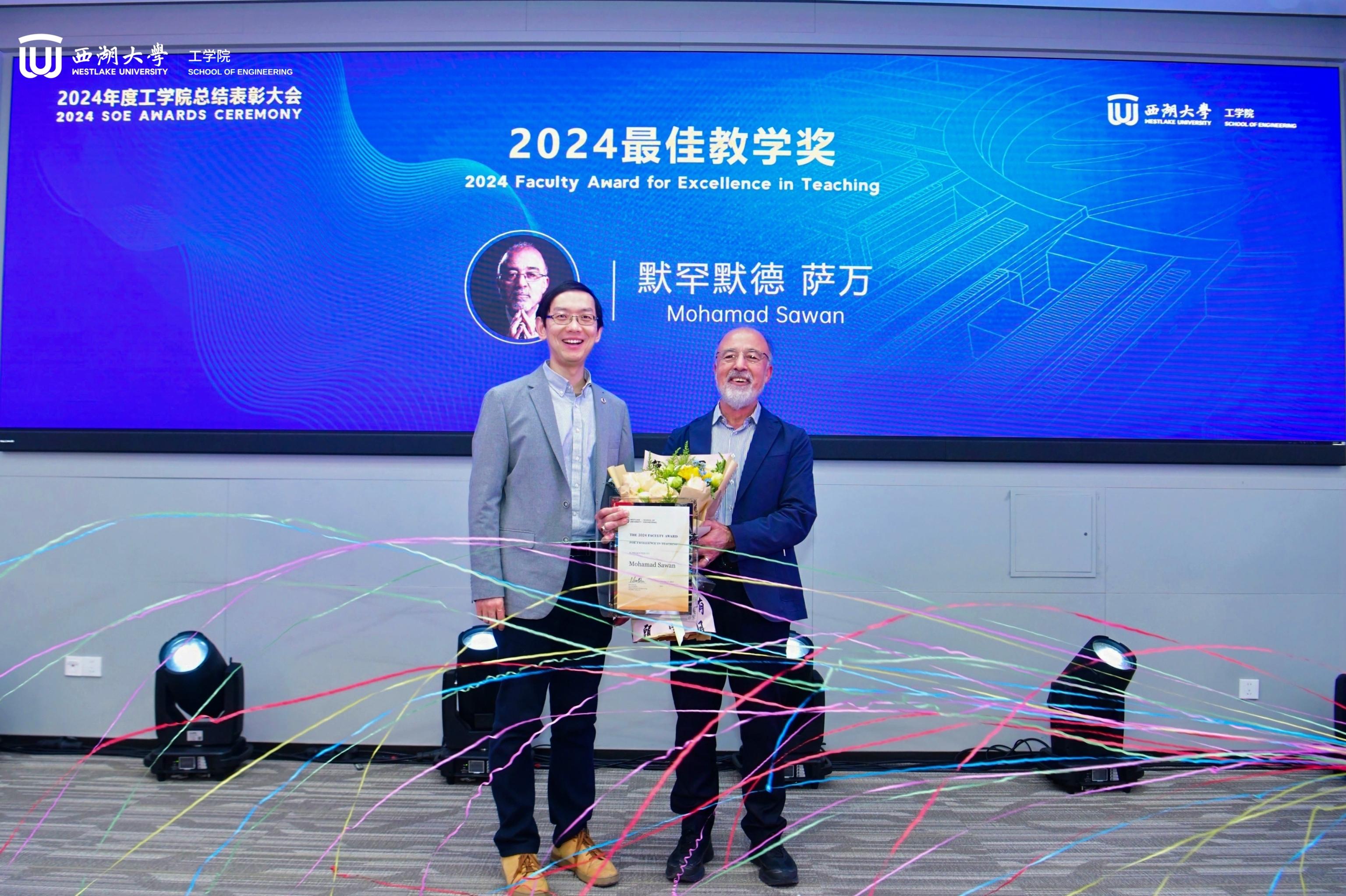From May 25 to 28, 2025, Chair Professor Mohamad Sawan from the CenBRAIN Neurotech of the School of Engineering at Westlake University attended as member of the organizing committee of the IEEE International Symposium on Circuits and Systems (ISCAS) that was held in London, UK and presented an invited paper titled “Neuromorphic Computing Chips: Challenges and Trends”.
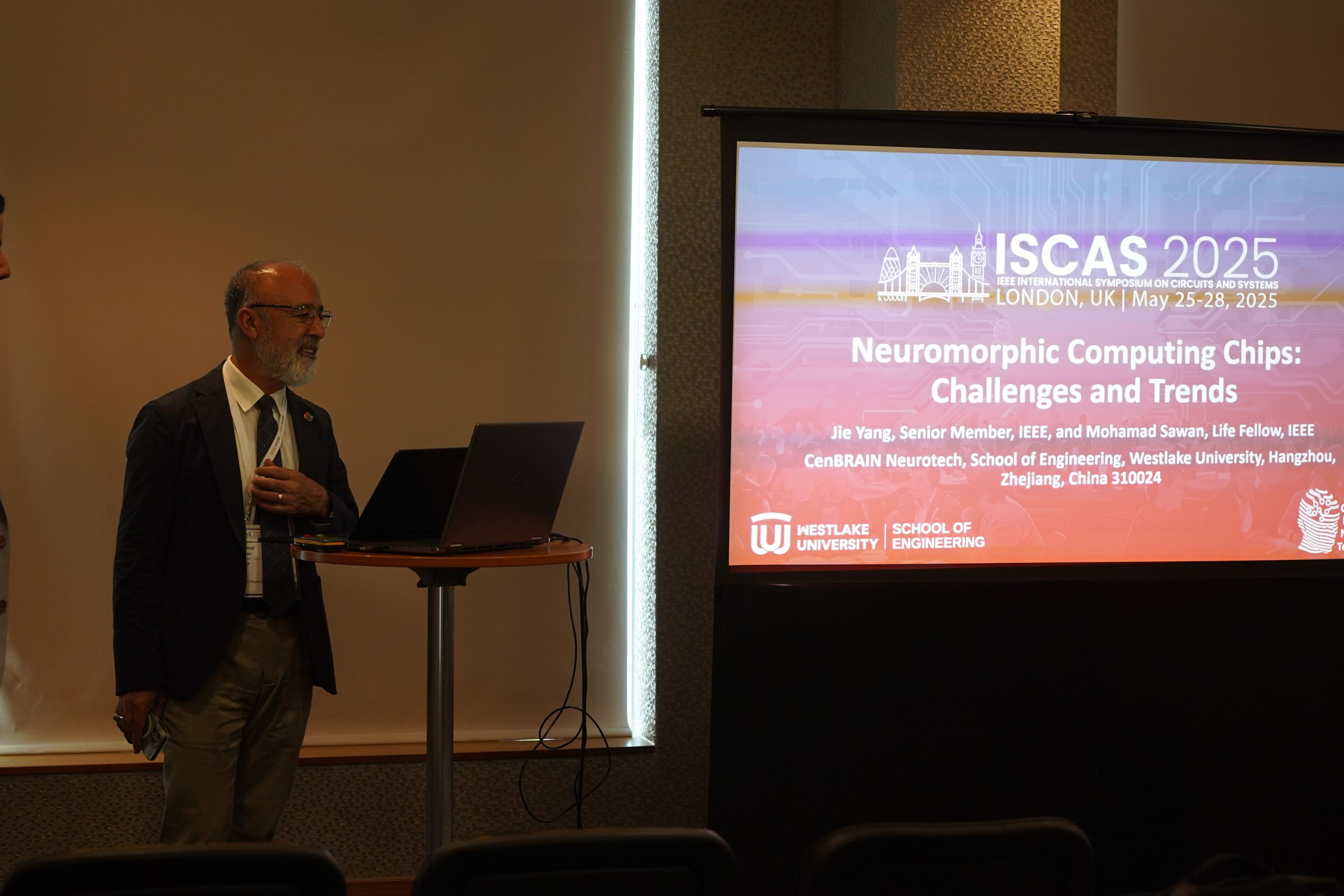
Dr. Eskandari Razieh, a Research Assistant Professor at the Center, and Hui Wu, a PhD student, gave lecture presentations at the conference. Their research achievements respectively won the WiCAS Best Research Paper Awardand the Best Biomedical Circuits and Systems Paper Award.

In this year ISCAS we showcased the 'business cards' of Westlake University and the Electronics and Information Engineering Department of the School of Engineering on the international stage.
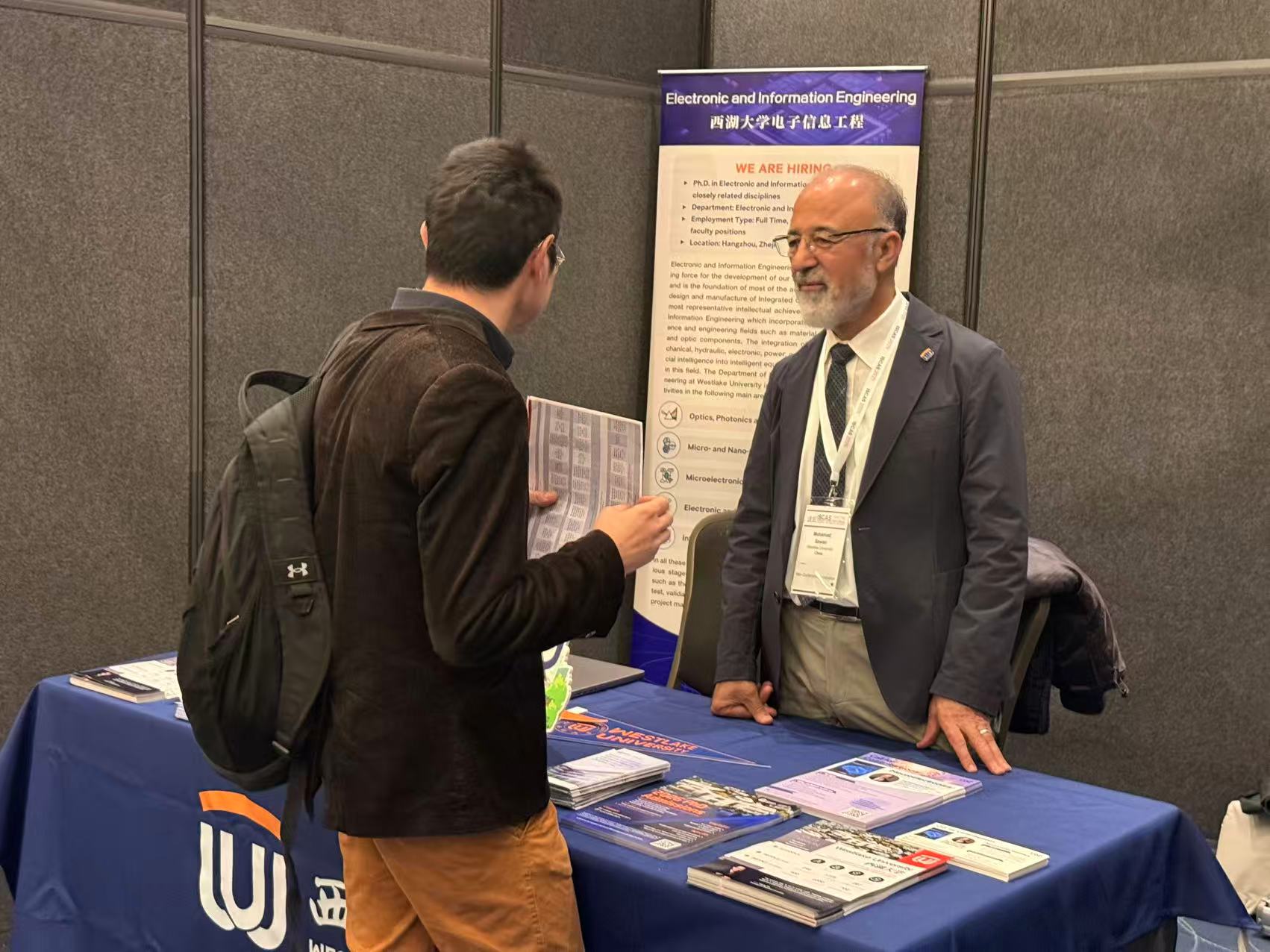
At the IEEE ISCAS venue, Prof. Sawan served as a promotional ambassador, warmly introducing the disciplinary characteristics and development vision of Westlake University and the EIE Department to global attendees and scholars. He specifically invited young scholars in the fields of micro-nano photonics, optical sensing, neural computing, communication chip design, energy electronics, etc., to pay attention to this "thriving" research university and jointly participate in interdisciplinary research and academic innovation.
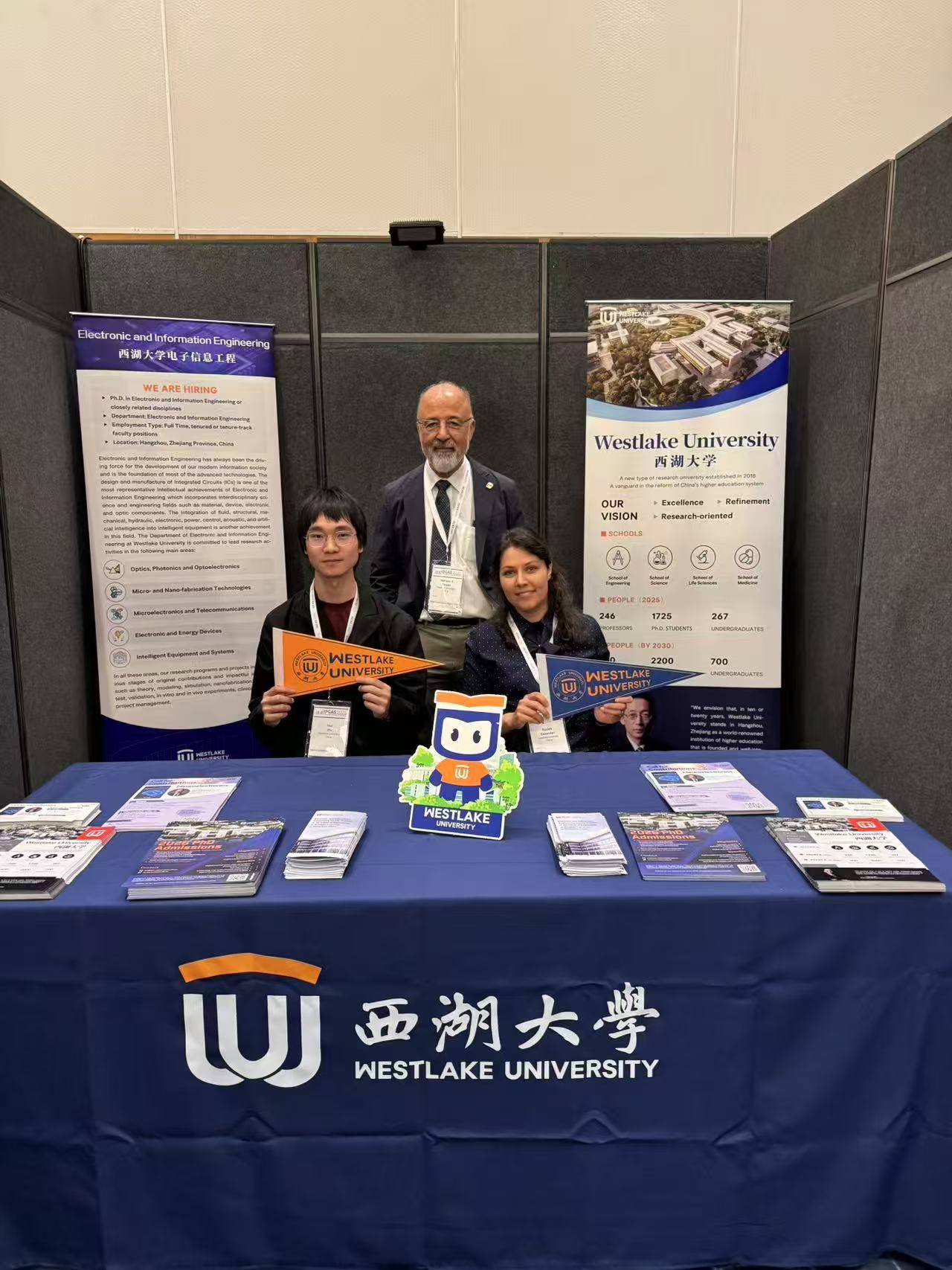
This year, 6 out of 7 submitted papers were accepted by IEEE ISCAS. Our center's acceptance rate of 83.33% far exceeds the usual conference’s average acceptance rate of around 50%. Key contributors include Research Professor Jie Yang, Research Assistant Professor Razieh Eskandari, Ph.D students Hui Wu and Chaoming Fang, Research Assistant Yutao Mao, and the former visiting student Fengshi Tian. The six accepted papers from Professor Sawan’s team focus on biomedical circuits, neuromodulation, vision processing and neuromorphic computing.

The two papers selected the best in their categories are:
1. Implantable Closed-loop Neuromodulation Platform Dedicated to Diabetes Diagnosis and Treatment
Razieh Eskandari, Mostafa Katebi, Hui Wu, Ziqi Tan, Yutao Mao, Miad Faezipour, S. Abdollah Mirbozorgi, and Mohamad Sawan
In this paper, we presented a wireless closed-loop neuromodulation platform dedicated to diabetes management through implants in various body locations, such as the brain, stomach, and pancreas. The system’s key components comprise a System-on-Chip (SoC) featuring a maximum 64-channel neural recording block to explore both neural roots and muscles involved in diabetes emergence and interactions within diverse organs with superior spatial resolution, an energy-efficient Impulse Radio Ultra-Wideband (IR-UWB) wireless transmitter, and an 8-channel stimulator for highly selective organ targeting. These capabilities are further enhanced by an edge-based Artificial Intelligence (AI) mechanism for real-time analysis. Simulation results show a total power consumption of 31.16 μW per channel for the recording and wireless transmission units, while the stimulator, powered by an inductive link, offers adjustable output with a maximum current of 3 mA and a voltage compliance of 9V. Additionally, AI implemented as a four-layer neural network(NN) model using a field-programmable gate array (FPGA) on a wearable system achieved an accuracy of 98.06% in test sets.
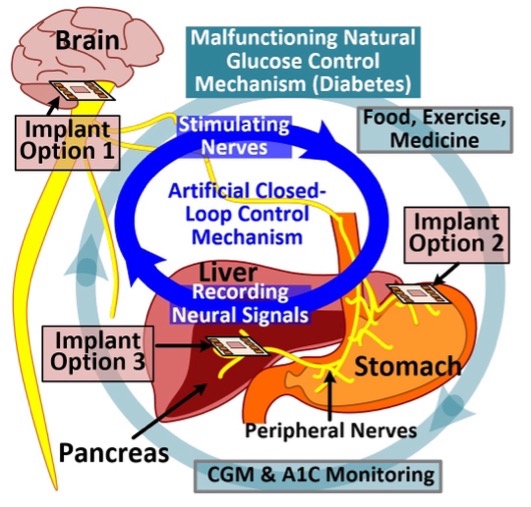
Fig. 1. Main concept of the proposed wireless diabetes management closed-loop neuromodulation platform.

Fig. 2. Block diagram of the proposed closed-loop neuromodulation platform.
2. Efficient Self-Adaptive Pseudo-Resistor with Rapid Settling and High Linearity for Neurorecording Front-End Circuits
Hui Wu, Ziqi Tan, Xing Liu, Jinbo Chen, Wenjun Zou, Qiming Hou, Siyu Lin, Yutao Mao, Xiaofei Kuang, Jie Yang, and Mohamad Sawan
In this paper, we presented a novel self-adaptive pseudo-resistor (A-PR) designed to enhance the performance of neurorecording front-end circuits in terms of settling time, linearity, and tunability. We validate the effectiveness of the proposed A-PR through the implementation of a capacitively coupled instrumentation amplifier (CCIA) recording front-end using TSMC 40-nm process technology. The results demonstrate that the A-PR enables continuous recording with minimal interruptions, enhancing the system’s robustness and enabling more reliable acquisition of neural signals. Notably, the A-PR achieves a significant reduction in settling time, reaching the millisecond level—1000 times faster than conventional pseudo-resistors—while also exhibiting wide linear characteristics and easy tunability.
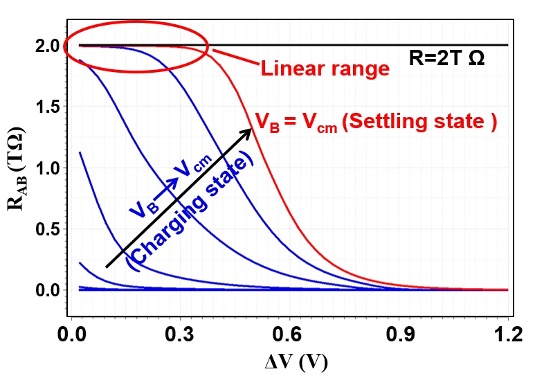
Fig. 1. The resistance value of an A-PR changes with the decrease in voltage across its terminals, exhibiting the characteristic that the smaller the voltage difference, the larger the resistance value.

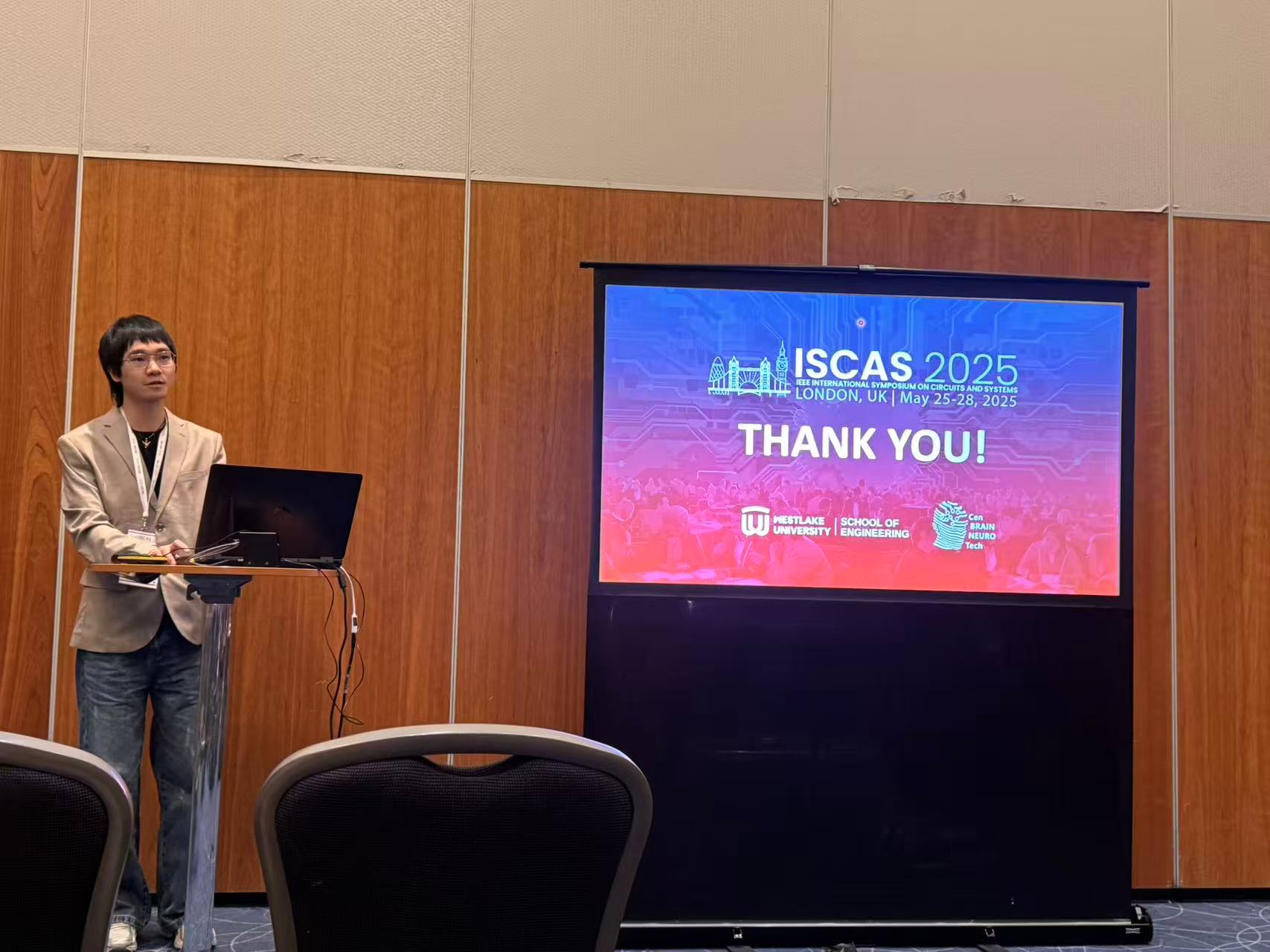
We extend warm congratulations to Dr. Razieh Eskandari and Hui Wu for their groundbreaking contributions, which inspire innovation and push boundaries. May our CenBRAIN Neurotech continue to lead and achieve excellence.



